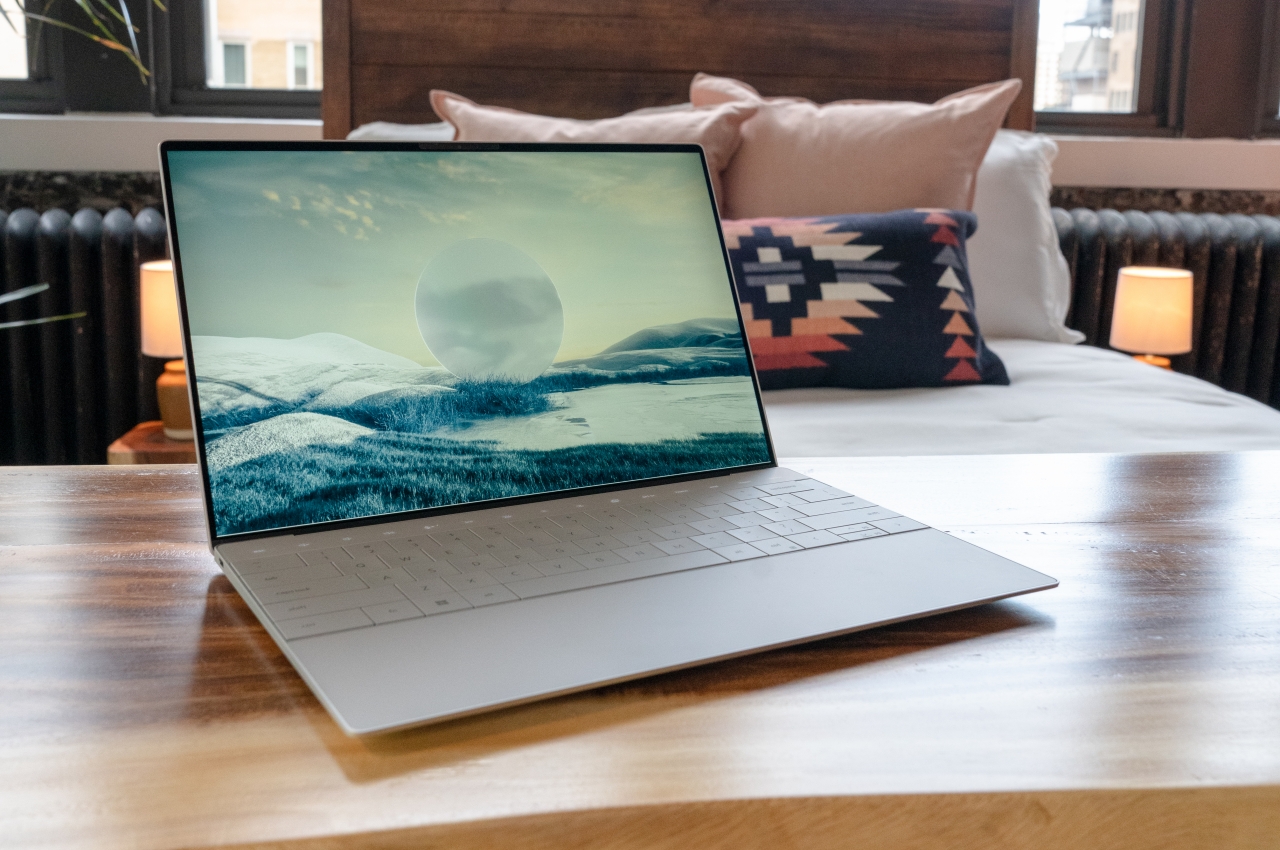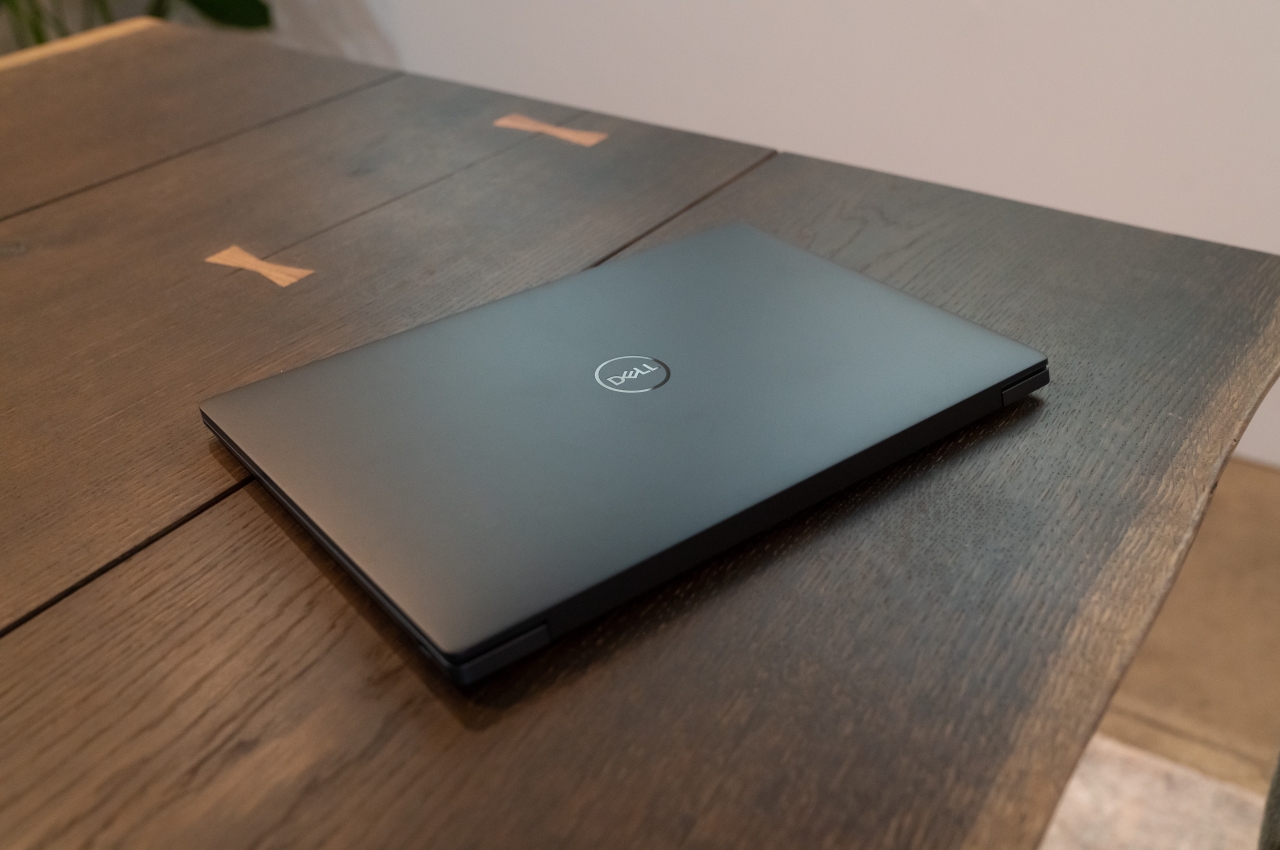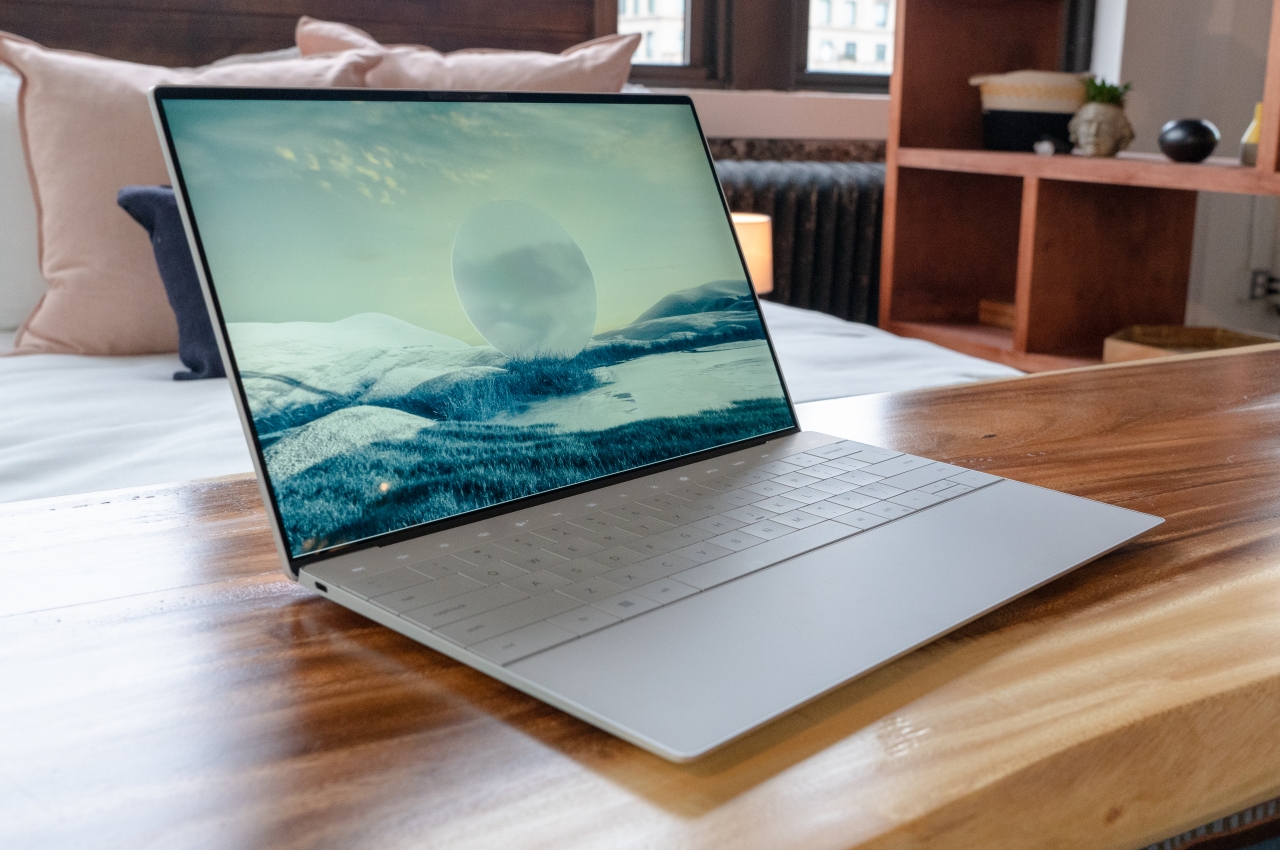
Laptops have become the go-to computing solutions of people, be it for personal use or for work. They have reached a point where they can match desktop computers in all but the most specialized cases, though the ability to expand their power through things like external graphics docks evens out the score as well. Laptop design, in general, has remained the same in the past few decades, at least as far as the placement of components goes. While some laptops have become lighter and thinner, bezels have been almost eliminated from most models. However, the layout of keys and screens is more standard than ever (even though keyboard layouts may vary). However, Dell is trying to be more modern and minimalistic to create a futuristic look for the laptop. This raises important questions regarding the ergonomics and usability of this new design.
Designer: Dell

Laptop Ergonomics
One can argue that laptops have never been the most ergonomic computing devices in the first place. The overall purpose of laptops was to be portable and able to fit on your lap. Laptops are a strain on the neck and legs, as well as the position of the wrist and arms. This has made them the antithesis of ergonomics.
Things are getting better over time, thanks more to peripherals and accessories than the design of the laptop itself. The position and angle of the screen, keys, and touchpad still don’t lend themselves well to good posture, and manufacturers haven’t exactly been too keen on changing a working formula. Instead, the likes of Dell, ASUS, and Lenovo have tried to reinvent the laptop with features that drastically change how you use it.

ASUS, for example, has been putting a second screen right above the keyboard, which ends up pushing the keyboard further down. The traditional trackpad gets the boot. However, technically it’s been moved to the right as a second configurable screen. Lenovo goes further than that by placing a tablet-sized screen to the right side of the keyboard. However, the trackpad remains there but is now to the left.
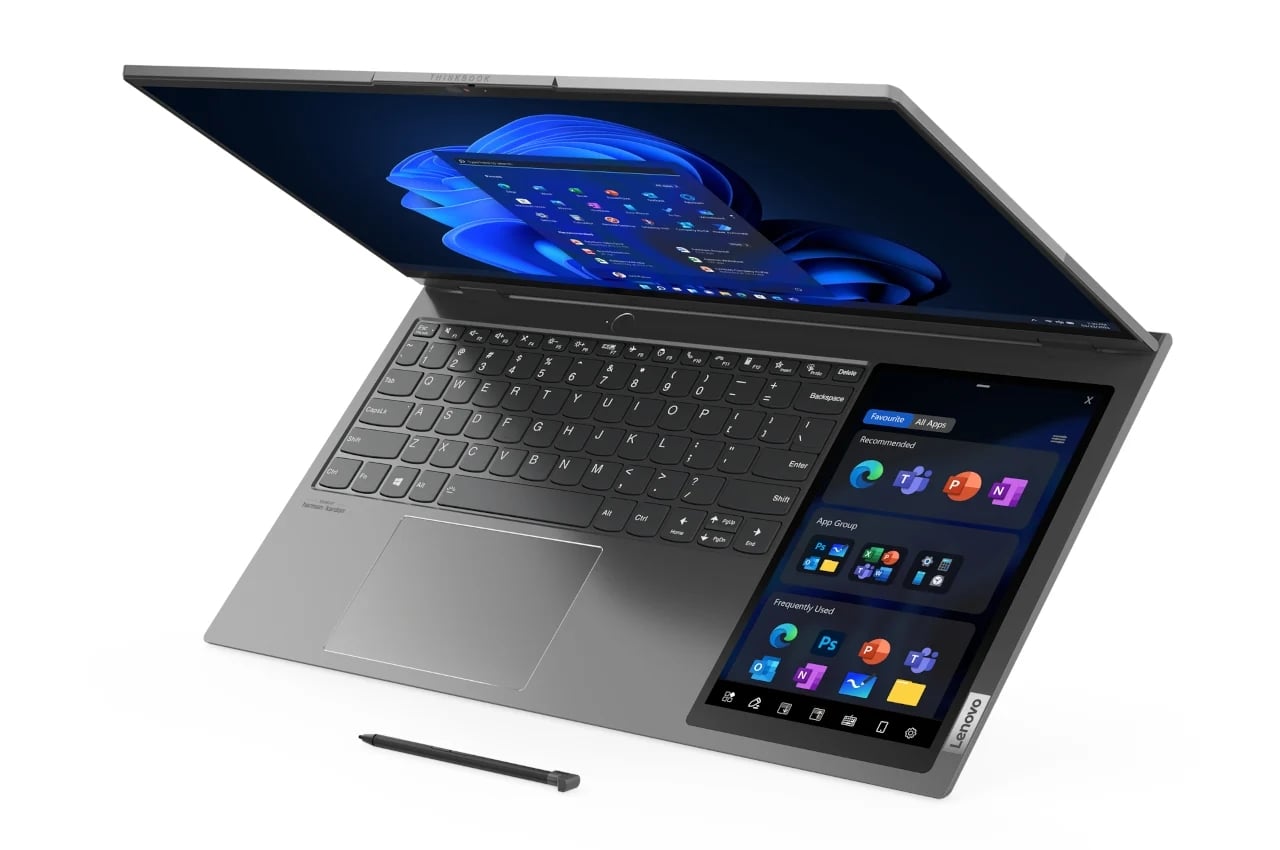
Dell XPS 13 Plus
Compared to these two changes, Dell’s major improvements to the laptop design seem almost modest. However, they do have their moments of head-scratching. In a nutshell, the new Dell XPS 13 Plus embraces minimalism to its fullest, giving the area opposite the display a completely flat look. That means no bumps and almost no gaps save for what’s necessary for the keycaps. Even then, the gaps are minimal, thanks to what Dell calls a “zero-lattice” keyboard.
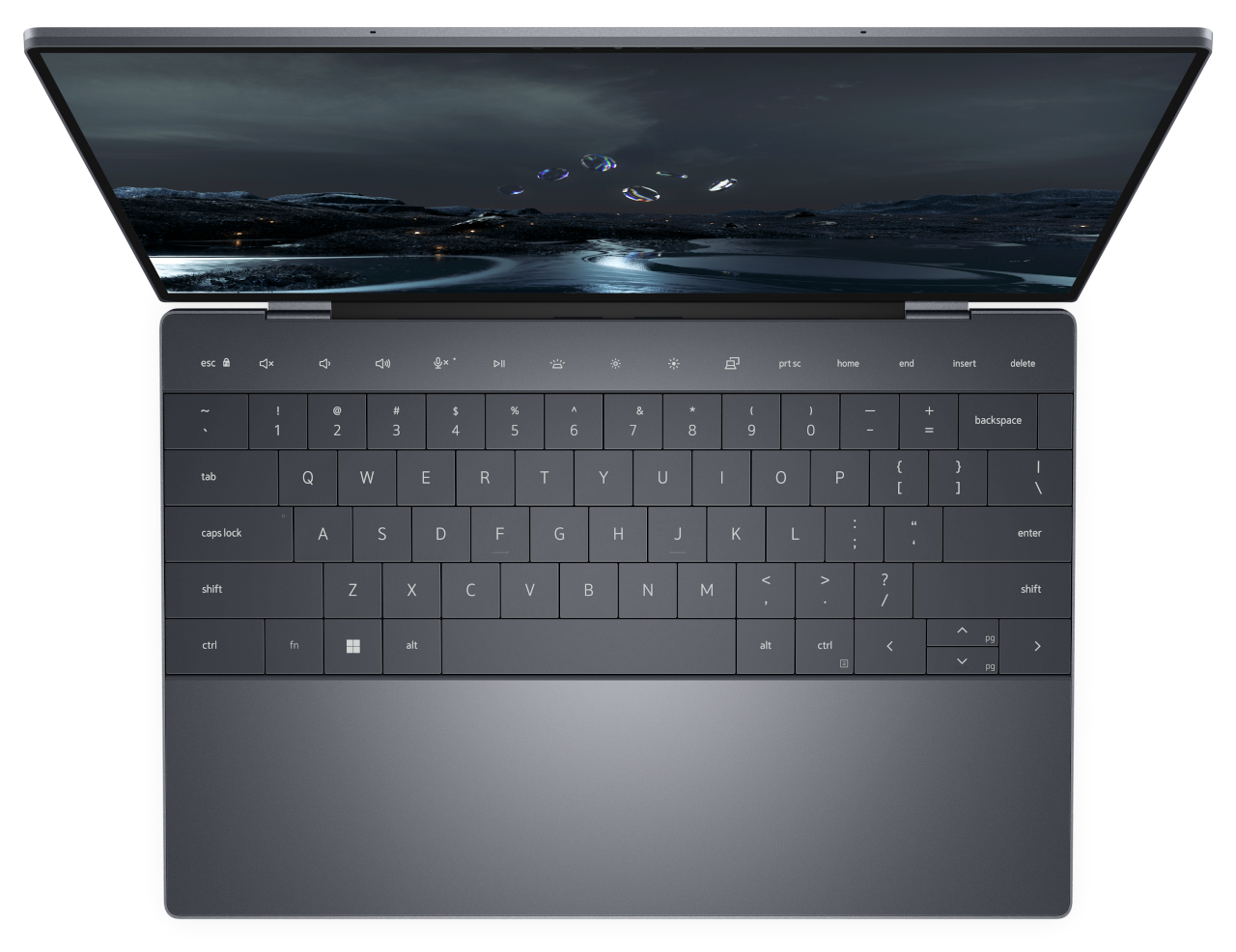

There’s also a touch-sensitive area above the keyboard that serves as the function keys. We’ve seen a similar technology with the MacBook Pro’s Touch Bar, which was equally controversial. It is clear that Dell’s Touch Bar is minimalistic and blends seamlessly into the background without any separation.
The biggest change, however, is the invisible trackpad. It’s still there and occupies the same area as a regular trackpad, perhaps even bigger, but there’s no clear way for you to actually see where it is. You’re given haptic feedback, so you’re not completely clueless, but it remains to be seen (or felt) how effective that will be in practice.
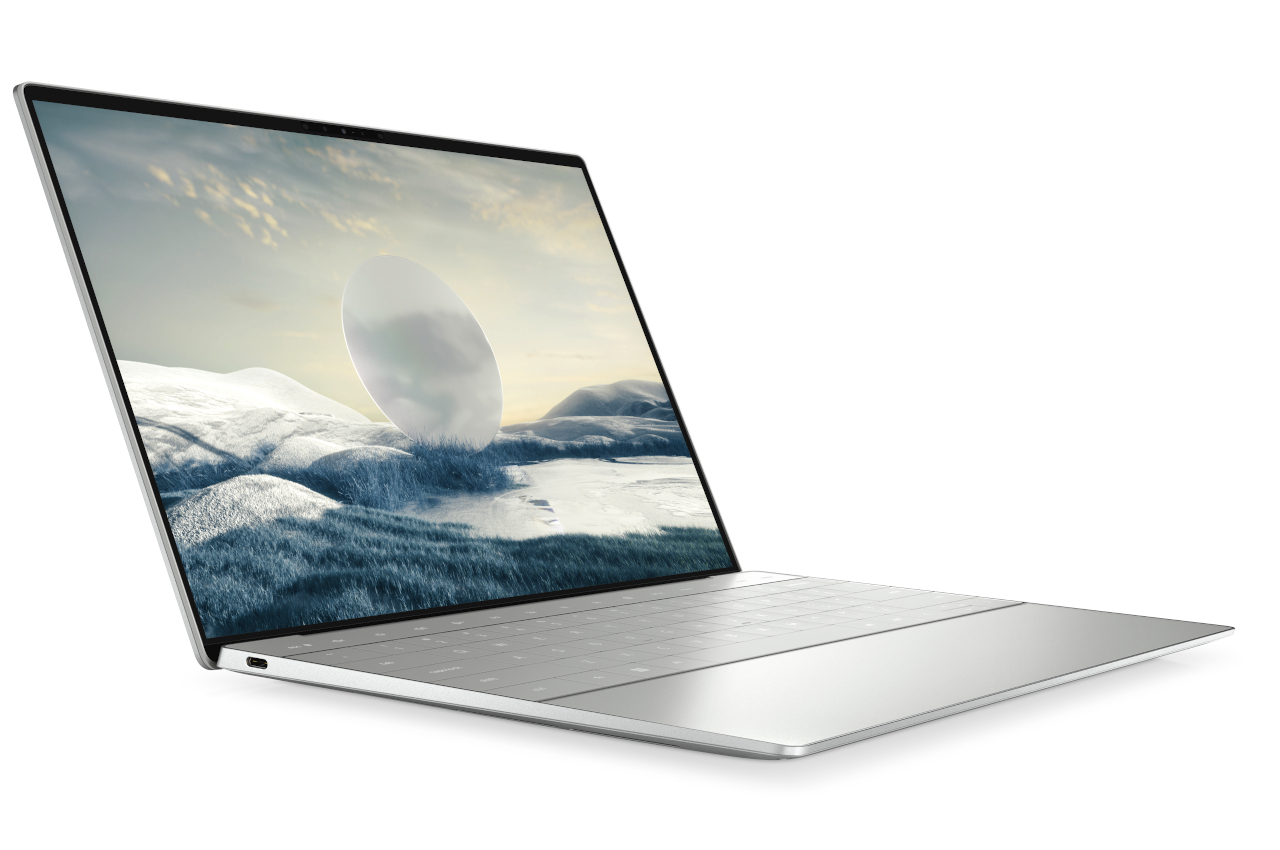
Eye Candy, Touch-Deprived
Dell definitely accomplished what it set out to do with the Dell XPS 13 Plus. This laptop is beautiful, clean and a minimalist’s dream. As an added bonus, the PC maker took steps to reduce the carbon footprint of the laptop, both during its production as well as its packaging. This laptop certainly meets all the criteria for product design and sustainability. It does, however, leave some questions hanging when it comes to other aspects that would affect how people use the product.


The MacBook Pro Touch Bar wasn’t exactly that popular, and the XPS 13 Plus’ version actually misses out on some of the flexibility and benefits of a screen-based solution in favor of a minimalist design. The lack of physical keys could make it harder to hit them by muscle memory, so you’ll always end up looking down. The same could almost be said of the zero-lattice keys, whose larger sizes could be negated by the very same thing that makes them special. Because of the way our fingers feel between bumps and spaces, we almost know which keys to hit.
The invisible trackpad is the biggest mystery. It might take a lot of trial and error for people to get used to where the active area is or how far it extends. There is no argument that it definitely looks elegant in its cleanliness, and we give Dell the benefit of the doubt that it did due diligence in R&D, but we’ll have to wait and see for real-world feedback on whether this beautiful but unusual $1,299 laptop is worth those changes.
